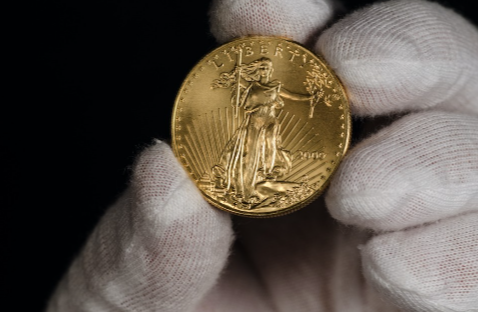Demystifying the Grading and Authentication Process for Canadian Gold Coins

Canadian gold coins have long been revered for their historical significance, aesthetic appeal, and intrinsic value. Whether minted by the Royal Canadian Mint or its predecessors, these coins serve as tangible symbols of Canada’s rich numismatic heritage. However, determining the authenticity and condition of Canadian gold coins can be a daunting task for collectors and investors alike. In this comprehensive guide, we delve into the intricacies of grading and authenticating Canadian gold coins, equipping enthusiasts with the knowledge and tools necessary to make informed decisions in their numismatic pursuits.
Understanding Grading and Authentication:
Grading and authentication are essential processes in the evaluation of numismatic coins, providing valuable insights into their condition, rarity, and market value. While grading refers to the assessment of a coin’s physical condition and overall appearance, authentication involves verifying its authenticity and provenance through meticulous examination and analysis. For Canadian gold coins, which encompass a diverse range of denominations, designs, and minting techniques, grading and authentication play a critical role in determining their collectible and investment potential.
Grading Canadian Gold Coins:
Grading Canadian gold coins involves assigning a numerical grade based on their condition, surface quality, and visual appeal. The Sheldon Coin Grading Scale, commonly used in the numismatic industry, ranges from Poor (PO-1) to Mint State (MS-70), with each grade representing a specific level of wear, damage, or imperfections. Factors such as luster, strike quality, and presence of mint marks or die varieties are carefully assessed to determine the coin’s grade accurately.
Read more Unveiling Central Coast’s Best-Kept Secret: The Ultimate Modern Wedding Venue Experience
Factors Affecting Grading:
Several factors can influence the grading of Canadian gold coins, including wear from circulation, contact marks, scratches, and evidence of cleaning or tampering. Coins that exhibit minimal signs of wear, with sharp details and original mint luster, are typically assigned higher grades, indicating superior condition and desirability among collectors. Conversely, coins with extensive wear, damage, or environmental damage may receive lower grades, reflecting their diminished appeal and market value.
Authentication of Canadian Gold Coins:
Authenticating Canadian gold coins requires a combination of numismatic expertise, technical analysis, and historical research to verify their origin, authenticity, and integrity. Key authentication measures include examining the coin’s design features, edge lettering, weight, diameter, and metallic composition to ensure compliance with mint specifications and industry standards. Additionally, advanced diagnostic tools such as X-ray fluorescence (XRF) spectroscopy and metallurgical testing may be employed to confirm the coin’s composition and detect counterfeit or altered specimens.
Recognizing Counterfeit Coins:
With the rise of sophisticated counterfeit operations, identifying counterfeit Canadian gold coins has become increasingly challenging for collectors and investors. Counterfeiters often employ advanced techniques to replicate the appearance and feel of genuine coins, making visual inspection alone insufficient for detection. To safeguard against counterfeits, collectors should familiarize themselves with the distinctive features and security measures incorporated into authentic Canadian gold coins, such as micro-engraved security marks, laser-etched serial numbers, and precision minting technologies.
Professional Grading and Authentication Services:
For collectors seeking expert guidance and assurance in the grading and authentication of Canadian gold coins, professional grading and authentication services offer invaluable support. Accredited third-party grading companies, such as the Professional Coin Grading Service (PCGS) and Numismatic Guaranty Corporation (NGC), employ highly trained numismatists and state-of-the-art technology to assess and certify the authenticity and grade of coins with precision and impartiality. By submitting coins for professional grading and authentication, collectors can enhance their confidence in the accuracy and marketability of their numismatic holdings.
Conclusion:
Grading and authenticating Canadian gold coins are essential steps in the pursuit of numismatic excellence and financial security. By understanding the principles of grading, recognizing the factors influencing authenticity, and leveraging professional expertise, collectors and investors can navigate the complexities of the numismatic market with confidence and clarity. Whether acquiring rare specimens for their historical significance or building a diversified investment portfolio, the knowledge and insights gained from grading and authentication empower enthusiasts to make informed decisions and derive maximum enjoyment from their numismatic endeavors.







